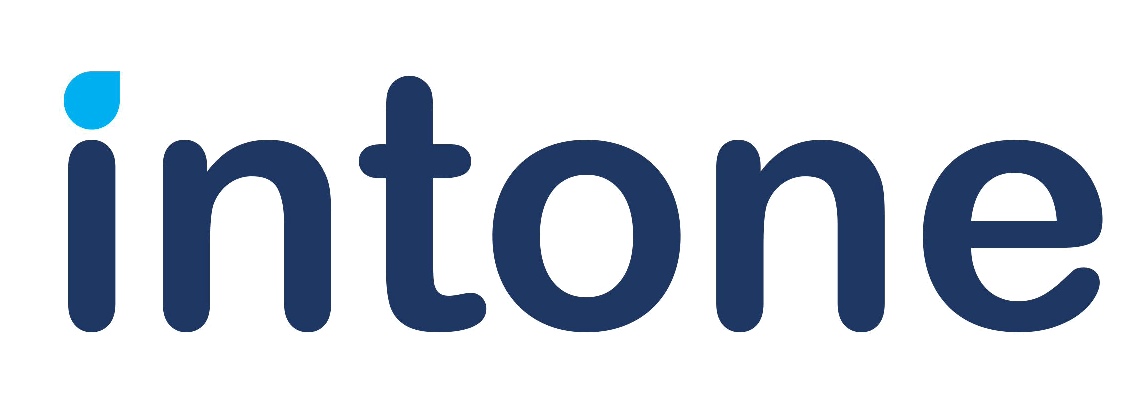Contents
In today’s world, data is considered to be the most valuable asset for any organization. The data collected by businesses can be used to gain insights, make informed decisions, and optimize operations. Data management service refer to a range of techniques and technologies used to collect, store, analyze, and maintain data. However, one of the biggest challenges that organizations face is ensuring that the data they collect is accurate, consistent, and reliable. This is where data standardization comes in.
What is Data Standardization?
Data standardization refers to the process of ensuring that data is consistent and uniform across an organization. This involves establishing guidelines and rules for how data is collected, stored, and processed, to ensure that it is reliable, accurate, and easily accessible. Data standardization is critical because it enables organizations to make informed decisions based on reliable data.
Data standardization is also necessary for maintaining data quality. It is considerably easier to spot problems and verify the accuracy of data when it is standardized. This is critical for ensuring that decision-makers have access to accurate and trustworthy information.
Overall, data standardization is crucial for assuring data usability and accessibility. We would be unable to efficiently use and manage data without it.
Why is Data Standardization Important?
Data standardization is important for several reasons, including:
Consistency
Standardizing data ensures that it is consistent across an organization. This means that everyone is using the same definitions and formats, making it easier to compare and analyze data. Inconsistent data can lead to errors, misunderstandings, and misinterpretations.
Accuracy
Standardizing data helps to ensure that it is accurate. This is because data is validated and checked for errors before it is entered into the system. Standardization also helps to eliminate duplicate records and incomplete data. For instance, data management service in insurance companies helps to maintain accurate and up-to-date customer records.
Efficiency
Standardized data is easier to process and analyze. This saves time and reduces costs associated with data management. Standardization also makes it easier to integrate data from different sources, which can be a significant challenge for organizations with disparate data sources.
Compliance
Many industries have regulations and standards that require organizations to standardize their data. Failure to comply can result in fines, legal action, and damage to an organization’s reputation.
Improved Decision-making
Standardized data provides a reliable basis for decision-making. With accurate and consistent data, organizations can make informed decisions that are based on real data, rather than assumptions or incomplete information.
How to Standardize Data?
Standardizing data involves several steps, including:
Data Governance
Establish a clear data governance policy and procedures to ensure that data is collected, stored, and managed according to consistent standards. This involves defining data ownership, data quality requirements, and data security protocols.
Data Profiling
Before standardizing data, it’s essential to understand the structure and quality of the data. Data profiling involves analyzing the data to identify any inconsistencies or errors that need to be resolved.
Data Mapping
Data mapping involves creating a standardized schema for the data. This includes defining the data types, naming conventions, and formatting rules. Data mapping ensures that data is consistent across different systems and platforms.
Data Cleansing
Once the data has been profiled and mapped, it’s time to cleanse the data. This involves identifying and correcting any errors, inconsistencies, or duplications in the data. Data cleansing ensures that the data is accurate and reliable.
Data Validation
Data validation involves checking the data to ensure that it meets the established standards. This includes verifying that the data conforms to the schema, is complete, and is consistent with other related data.
Data Integration
Once the data has been standardized and validated, it can be integrated with other systems and platforms. Data integration ensures that the data is available across the organization and can be used for decision-making and analysis.
Why Choose IntoneSwift?
Today, data is at work in large and small businesses. Data standardization ensures that data is accurate, consistent, and reliable. This makes it easier to process and analyze data, comply with regulations, and make informed decisions based on real data. Hence, we at Intone take a people-first approach to data optimization. We are committed to providing you with the best data integration and optimization service possible, tailored to your needs and preferences. We offer you:
- Knowledge graph for all data integrations done
- 600+ Data, and Application and device connectors
- A graphical no-code low-code platform.
- Distributed In-memory operations that give 10X speed in data operations.
- Attribute level lineage capturing at every data integration map
- Data encryption at every stage
- Centralized password and connection management
- Real-time, streaming & batch processing of data
- Supports unlimited heterogeneous data source combinations
- Eye-catching monitoring module that gives real-time updates
Contact us to learn more about how we can help you!

